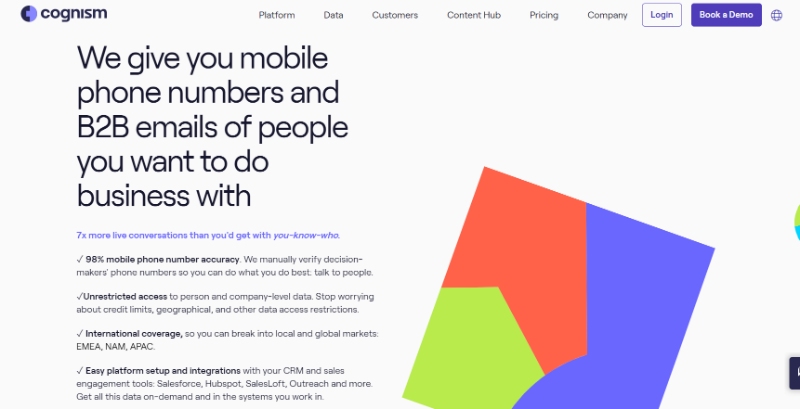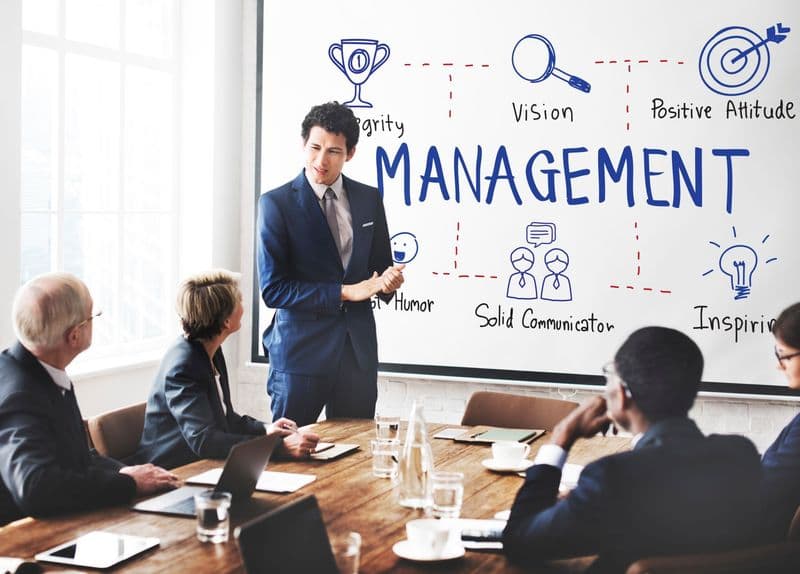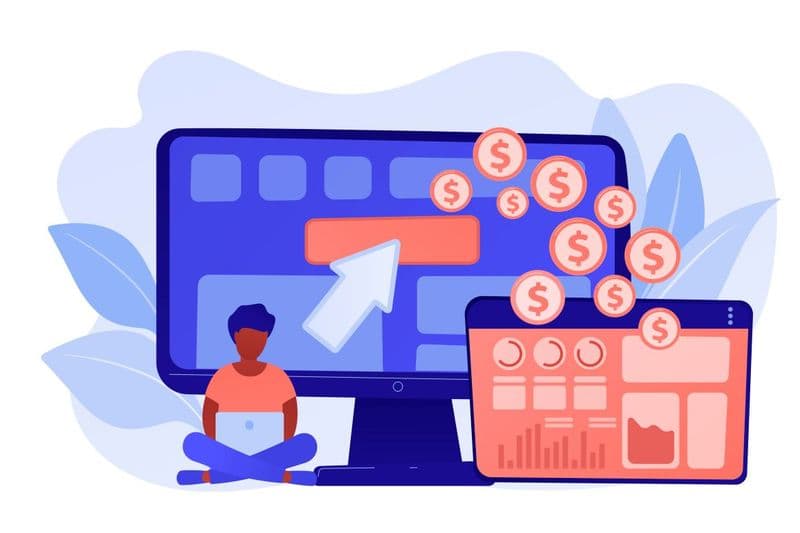Introduction
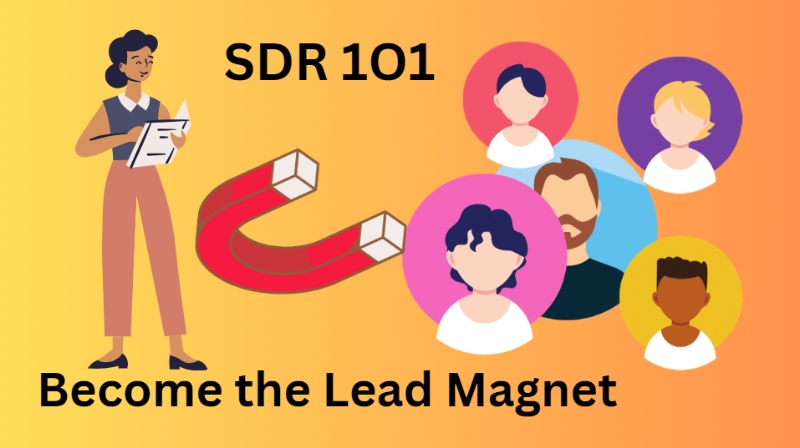
Sales Development Representatives, or SDRs, are a crucial part of sales teams, especially for SaaS businesses. This is because, in most cases, the first point of direct contact between a SaaS company and a potential lead is through an SDR.
They have quite a meaty role to play in the B2B SaaS industry. Learning more about the sales executives is useful for recruiters, sales guys aspiring to become an SDR, and for SDRs themselves to redefine their position, learn, and be better equipped. Without further ado, let's dissect the SDR universe into layers and understand it better.

Who is an SDR?
SDRs are an integral part of the sales cycle. Many people confuse SDRs with sales representatives. Let's clear that cloud first. An SDR is a salesperson with dedicated responsibilities that differentiate them from sales reps.
Consider this situation where you are selling eco-friendly office supplies. It would help if you had low-key people who could step out, understand the target market, find potential people willing to switch to sustainable practices, and hook them to your company.
Now, office supplies aren't never-before-seen products; they are as common as cold. Your sales teams need ground-level enthusiasts who can take your product to every nook and cranny, market its high points, and amass a crowd that shows genuine interest. A few office supplies can also be sold to make immediate profits and gain a handful of bulk orders.
Now, isn't this exactly what a sales rep does?
Understand that a sales rep's role differs slightly from an SDR's. SDR's role has a touch of complexity, and it is not merely about increasing numbers or hitting a specific quota like 'Sell 100 pens today'. In the above example, replace the office supplies with ERP software. Will a sales guy be able to sell it across the table? The case becomes one of "inside sales", and the magnitude of the difficulty shoots high in the B2B domain. This is because B2B SaaS sales are inherently different than selling a tangible product face to face.
That is where SDRs come in. They pitch a product, wait for clients to respond, guide them slowly toward the company's sales pipeline, and hand them over to the sales team. This happens at the top of the sales funnel. An SDR can't and will not enter the 'close-the-deal' phase; usually, Account Executives close deals. Additionally, a Business Development Representative (BDR) might oversee the overall growth of the company through these phases, exploring new business opportunities that could drive the business forward. Depending on the size of the organization, SDR and BDR roles might or might not be separated.
SDRs come into play early in the sales process. Their role is to identify leads, pick the qualified ones, put them on a platter, and serve them to their superiors in the sales teams, an Account Executive or Sales Manager. AEs should make sure that the SDRs' marketing efforts are not in vain by closing deals successfully and ensuring customer success.
Learn more about the differences and synergies between SDRs and AEs
An SDR is expected to be highly responsible, interactive, and knowledgeable. It is time to see in detail the roles and responsibilities of an SDR.
Responsibilities of SDRs in SaaS: An all-inclusive list
Here is a holistic of the responsibilities of an SDR that one should know.
Aligning with your sales team's goals:
A sales team's goal is designed keeping in mind the needs and objectives of the company's growth and profit. An SDR must keep his head loaded with the same to understand where his efforts are headed. An SDR must be aware of the target audience and their nature, who to contact, and how to strike up a conversation.

An SDR is the one making the first impression about the company. That is why his responsibilities are heavier than anyone else's. Understanding the sales goals and the company's mission will help the SDR take the right path and develop the right strategies. Since B2B SaaS marketing is a heavily diverse niche, this understanding is absolutely crucial for any SaaS company that wants to grow its business.
Research
Sales development reps must have complete knowledge of the market conditions. Extensive research is required to win more leads. Leads are potential customers who are willing to know about the product and prospectively make a purchase.
An SDR should know the company's home ground and its SWOT. Extending the research helps the SDR understand if there is a possibility of finding more clients in unexplored market areas. A talented SDR can extend the boundaries of the business by helping them step out of their home ground and making more closed wins.

Building a variety of strategies
After gaining adequate knowledge through research, an SDR has to pick the right strategies to help source many potential leads. Remember, not one but a cluster of strategies is what works. Some commonly used methods are cold calls, cold emails, engaging with clients on various social platforms, tapping resources from existing clients, etc.
What works for one might not work for the other person. See where your audience is more concentrated and devise your strategies accordingly. Always be open to new methods and sources. Take the help of tools and optimize your results and prospecting reports.
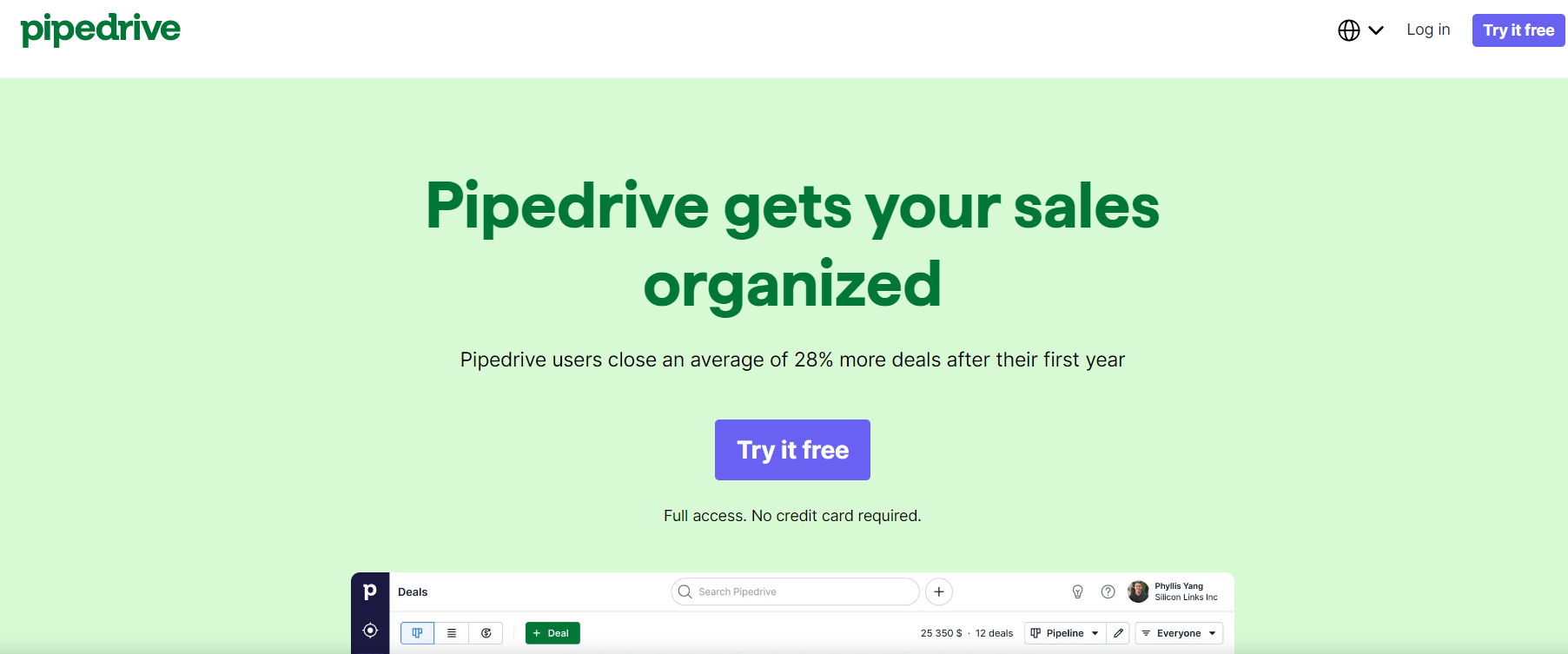
Bridging Marketing and Sales Departments
One other key role of an SDR is to fill the gap between marketing and sales teams and bridge their efforts. As front-line workers in a sales team, SDRs should have a good rapport with marketing personnel to exploit their knowledge and use it to build lead lists. A business that has its sales and marketing teams working in sync is going on the right track.
SDRs can provide feedback on marketing campaigns, give their input on developing sales materials, and express the challenges and successes that come as a part of their outreach.
Lead Generation
Once all this is done, SDRs set out to find potential leads. Earlier, it could have been a humongous task as most things were manual and time-consuming. These days, with the intervention of technology and a number of platforms that cater to lead generation services, lead generation is child's play. SDRs use lead generation tools to generate leads that belong to a specific niche.
They can also use technology profilers to see what web technologies are used by a business and affirm the chances of them being willing to try a new product in a specific niche. However, these techniques come with a hefty price tag. You might have to spend a huge sum to acquire lead lists and tools, because of which small businesses and beginners resort to free lead listing methods.

There are several models for generating leads, which depend on the business's marketing strategy. For example, inbound leads are useful if the goal is to attract users to the brand via marketing. If the use case requires actively reaching out to customers, then the SDR would be performing outbound prospecting.
Qualifying leads
This is the tricky part of an SDR's job description. Didn't we say lead generation is easy-peasy? Now, what makes it queasy is the process of qualifying those leads discovered. Not all leads are a good fit for your product. That is why SDRs have to check the genuineness of the details, as well as the client's needs and interests. SDRs must also check their ability to make decisions, the budget allocated, and their willingness to purchase a product/switch to a new one. Skipping lead qualification might set you after a lead who is a misfit, and your pursuit becomes a wild goose chase.
Nurturing leads
A lead might be interested in a product but might not step into buying it right away. Do not worry; it is not a sign of withdrawal. A lead might have their own reasons to show reluctance. Not all leads are blazing hot; some are moderate, some warm, and some cold. Until a lead is convinced to buy a product, it is the duty of the SDR to nurture the leads and keep them well-informed and in a comfortable zone.
Setting up calls/meetings
Once SDRs have a finalized list of qualified leads, they can hand them over to the AEs or any sales team superior to continue the conversion process. As a part of it, SDRs create an appointment, either on-call or in-person, to engage the leads with the sales team. From there onwards, SDRs step aside for AEs to lead the show.
How to be a successful SDR? Check out this video
Key Skills for Success as an SDR in SaaS
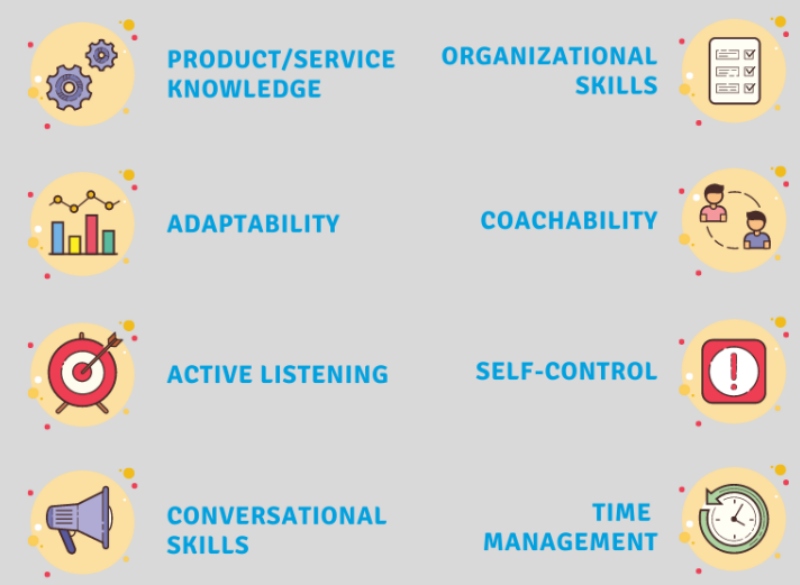
Excellent Communication
SDRs are responsible for taking forward the values of the company and its products across the market and ensuring they reach the right ears. That is why they must have strong communication skills and a flair for writing. The messages they craft have to be compelling and precise. Only an SDR with good language skills can tailor messages according to the varying needs and expectations of the clients. Beyond good language, SDRs must take care of their tone and choice of words and be aware of when to speak and when to observe silence. This skill helps them build a good rapport and establish credibility.
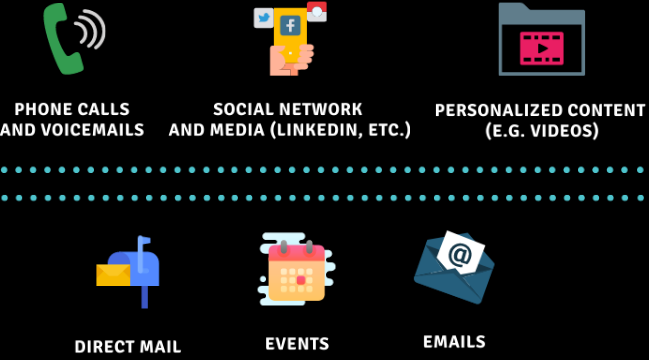
Handling Rejection
SDRs are ground-level workers. They engage in the field directly and put maximum effort into giving their products a face in the market. They meet a lot of people, and a lot of them can be reserved and not-so-friendly. Not all initiations go as successful.

A few potential leads might reject the proposal across the face. An SDR must learn to handle these rejections with a smile on their face. These downsides are a part of their job, and they must not slacken their efforts. An SDR who doesn't flinch at these minor setbacks is destined to achieve more.
Persistence and Resilience
As an extension to the previous point, persistence and resilience are the attributes that take an SDR to the heights of success. Continuous efforts can help them convert leads better and help them see past rejections. SDRs must learn to differentiate well-paced, consistent marketing from constant nudging. He must know where to draw the line and give his efforts a break. Such breaks give clients space to reconsider your offer and get back to you sooner or later. On the other hand, constant nudging only causes them to drift farther.
Time Management and Organization
Not all leads bloom at the same time, and they have to be nurtured accordingly. This means an SDR must learn to multi-task between prospecting, scheduling appointments, and managing data. He must be willing to take the help of technology to get sorted and organized. Sometimes, a long-lost lead might reappear, and an SDR must be shrewd enough to evince signs of recognition that make a great impression. In order to make this possible, SDRs must have their record up to date and organized. Knowing clients by their names and certain unique traits helps SDRs go a long way.

Adaptability
Let's say you have been in the field for about five years. Please revise your strategies and do yourself a favor. Using obsolete strategies is like taking a typewriter to a class filled with iPads. You sound odd, slow, and utterly painful to handle. Change along with the change and take a dose of dynamism as and when required.
Be ahead of your competitors and show your clients how futuristic you are. Be ready to learn something new every day. Even your clients will have something new to offer; receive it gracefully. Remember, you are representing a company, and small things matter. Being adaptable makes your job much easier.
Emotional Intelligence
Many times, I have seen bots handle queries, especially as a part of grievance redressal. You must have come across such instances at least once in your life. You have already had enough due to their poor customer service, and handling a bot again adds insult to your injury.
Some ticketing services cut bots beyond a specific zone and connect you with an actual service agent. Your ends don't see means with these bots. Imagine finding an actual human in the bot's place; how easy it would be to get your emotions across and see quicker results. However, don't overlook the importance of general intelligence, in fact, use different IQ test types to assess the skills and knowledge of your sales representatives as this can also have an impact on your sales efforts.
Be a good listener
Let your clients speak. The more you listen, the better your data is. Active listening is an essential skill that helps an SDR ask more relevant and informed questions.

All of us want to be heard, and your clients are not an exception. Listening strengthens your relationship, identifies dissatisfaction, where your competitors are scoring and losing, and how their business works. This helps you build a proactive sales strategy that is hard to beat.
Quick tips at your fingertips!
Technical Proficiency
SDRs need to have a solid understanding of the product they are selling, its features, and technical aspects. SDRs have to ensure that their product aligns with the current market trend. It applies more in the SaaS market when software updates happen in a matter of minutes. SDRs must be well-informed and possess the ability to answer technical questions, explain how a product works, and perform pre-installation and post-installation procedures, and must be able to demonstrate the product if required.
Real-life success stories of SDRs:
John Barrows
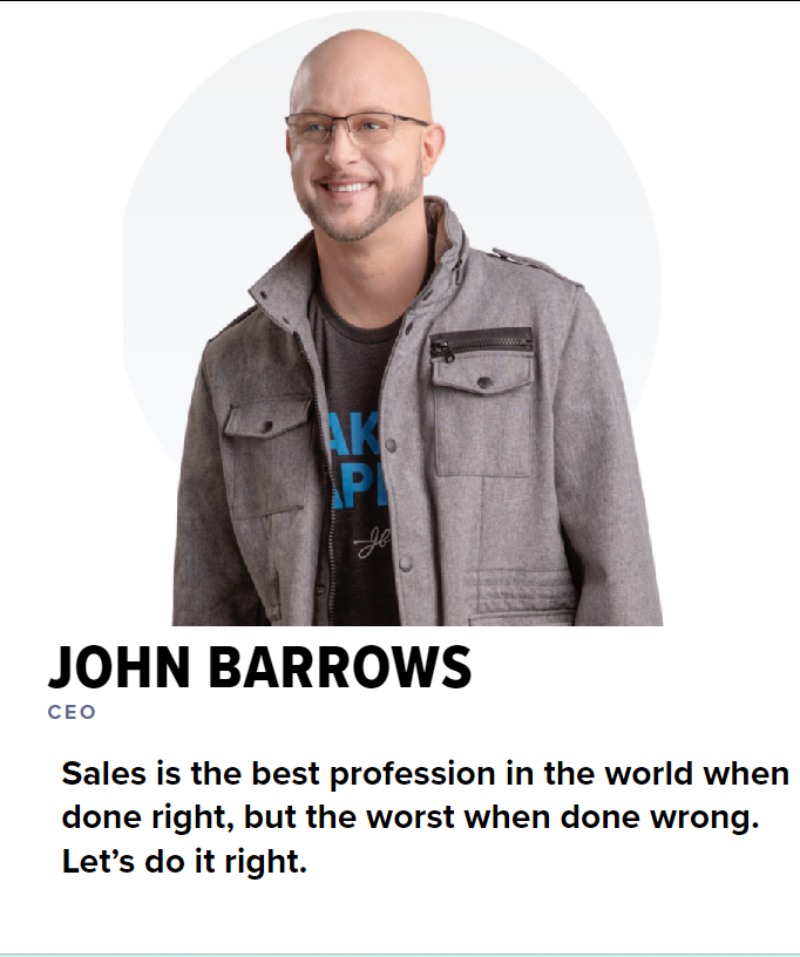
John Barrows was an SDR at Terminus, an account-based marketing (ABM) platform. He made a significant impact on the company's growth. During his time as an SDR, he helped generate over $1 million in the sales pipeline before being promoted to Manager of Sales Development. He also became a well-known sales influencer and started his own company, JBarrows Sales Training, where he helps other SDRs and sales reps improve their skills.
Max Altschuler

Max Altschuler was an SDR at Udemy, an online learning platform, and he helped to build the company's SDR team from scratch. He was instrumental in developing the company's outbound sales strategy and helped to generate millions of dollars. He later went on to co-found Sales Hacker, a community and resource for sales professionals, which was acquired by Outreach.io in 2018.
Heather R. Morgan

Heather R. Morgan was an SDR at a SaaS startup. She is known for her expertise in email prospecting. She developed a unique approach to cold emailing that helped her achieve a 30% response rate and generate millions of dollars. She later found Salesfolk, a company that provides email copywriting and strategy services to other SDRs and sales teams.
You might also like: SDR vs. AE: Key Differences and Synergies in Sales Roles
Conclusion
Sales Development Representatives play a critical role in the growth and success of SaaS companies. By mastering the skills and responsibilities outlined in this article, SDRs can make a significant impact on their organization's bottom line and enjoy a rewarding career in the SaaS industry.
